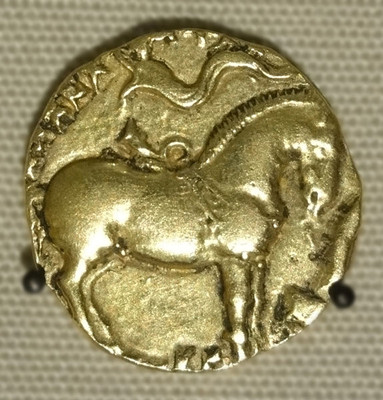(单词翻译:单击)
Today, I'm in north-west London, in Neasden, walking into what must be one of the most startling buildings in the capital.It's the BAPS Shri Swaminarayan Mandir, the Neasden Hindu temple,and it's a vast white building, elaborately carved in India by over 1,500 craftsmen, and then shipped to England.
今天我正身处伦敦西北的尼斯登,我即将走进的是整个伦敦乃至整个英国都令人惊艳的建筑。它就是印度教神庙—尼斯登庙,这座巨大的白色建筑由开釆自意大利的大理石筑成,在印度由1500多名工匠精心雕琢后,再运到伦敦。
I've taken my shoes off and come inside-into a large hall, sumptuously decorated with sculptures of the Hindu gods, carved in white Carrara marble.
我把鞋脱下来之后,进入一个装饰华丽的大厅,里面有许多印度神像,用来自卡拉拉的白色大理石雕成。
Images like these, of Shiva, Vishnu and the other Hindu gods, strike us as timeless,but there was one particular moment when this way of seeing the gods began.
我们如今看到这里湿婆、毗湿奴等印度神祇的形象,仿佛亘古以来就是如此,但其实这些形象的形成,在历史上自有其起点。
The visual language of Hinduism, just like Buddhism and Christianity, crystallises somewhere around the year 400,
印度教众神祇的形象与基督教和佛教一样,也是在公元四百年左右形成的。
and this exuberant crowd of deities in Neasden can be traced back, pretty well directly, to India's great Gupta Empire of around 1,600 years ago.
我们如今在伦敦看到的形象,可追溯到约1600年前印度伟大的笈多王朝。



